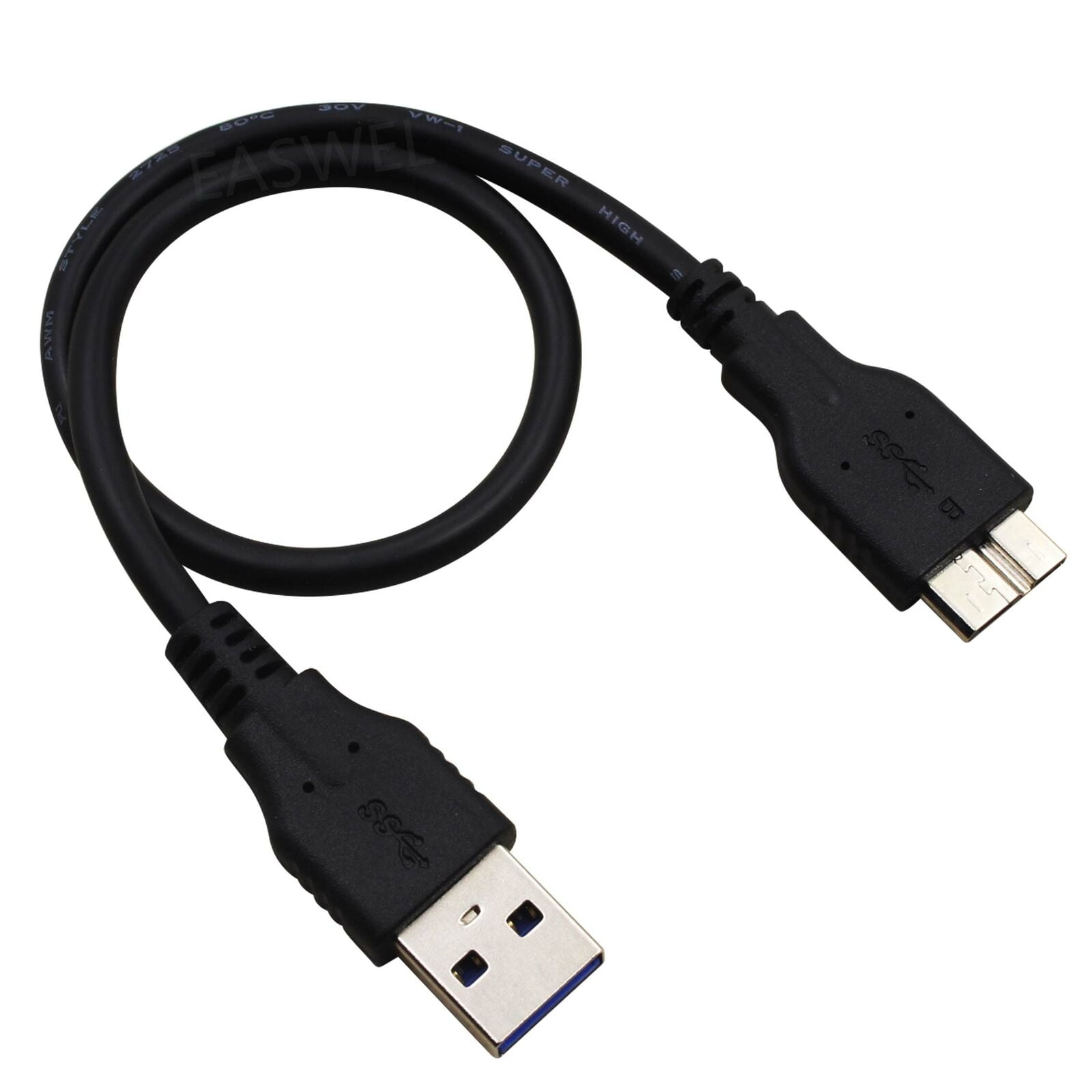

- WESTERN DIGITAL MY PASSPORT 1TB INSTRUCTIONS SOFTWARE
- WESTERN DIGITAL MY PASSPORT 1TB INSTRUCTIONS WINDOWS
WESTERN DIGITAL MY PASSPORT 1TB INSTRUCTIONS WINDOWS
The 1TB capacity (which is actually 931GB under the Windows format) resides in a case that’s Previously, the My Passport range with the ‘Slim’ designation topped out at 500GB, and Seagate’s competing ‘Slim’ is still sitting at that lower capacity (at the time of writing). If the data on the users drive was important the next step should have been to send the drive to a reputable western digital data recovery company.WD’s My Passport Slim is one of the first pocketable drives on the market to pack a capacity of 1TB. In order to save our DIY friends data the scan should have been stopped at the first sign of excessive bad or slow reads. In this case the read/ write heads were failing and needed to be replaced in a clean room. The issue is usually mechanical in nature and the root cause must be addressed. When a hard drive has lost the ability to read or write at a normal rate typically the issue is not going to be solved by software. Unfortunately, this happened a month before I read it and our friend PC-Gamer’s Western Digital Passport had already developed issues warranting another topic.


While reading the forum thread my first reaction was to cringe and post a reply “stop immediately”. There is no pilot in control of the head assembly that is responsible to pull the controls up to avoid the oncoming cliff. So, if the head flies over an area of a platter that has even a very small pit mark from impact it will drop slightly only to come into contact with the platter surface again. It is important to remember the head armature is very pliable, this is why the heads can float above the platter surface and then collapse in the park area after the drive has spun down. If the heads were to impact the surface with any force the result is a snow ball effect of degradation to both the head that impacted the surface and possibly the platter itself. The read/write heads are not intended to touch the platter surface. The platters obviously spin, the platters spinning create a bearing of air that allows the heads to fly just above the platter surface (nanometers) to read and write data. Without getting into all the physics and methods of how that all works let’s just talk about the mechanics. That means they hold a flux toward a pole north or south.
WESTERN DIGITAL MY PASSPORT 1TB INSTRUCTIONS SOFTWARE
How and why can using data recovery software on a hard drive that is reading very slowly permanently kill my drive you ask? The continuous use of a drive that has failing read/write heads is only going to exasperate the problem and can cause permanent unrecoverable damage to the platter surface. Sure, software can handle the odd bad sector here and there but that is the extent of software capabilities. Data recovery software is made to recover from soft or logical crashes such as lost, corrupt or deleted partitions, boot sector corruption, file deletion etc. The new thread was titled something like “My Western Digital Passport is clicking how do I recover the data?” Why would I say such a thing? Because the signs of internal read/write head damage were obvious. The user (PC Gamer) in the forum managed, after several days, to scan 25% of his drive and then ran into problems and decided to start another thread. The software had not incremented any progress after one hour of scanning and estimated 9 days to complete. The post originated with a user expressing his dissatisfaction with a piece of western digital data recovery software that was taking a very long time to scan his WD My Passport hard drive. I was reading what turned out to be a very unfortunate forum post on Tom’s Hardware.


 0 kommentar(er)
0 kommentar(er)
